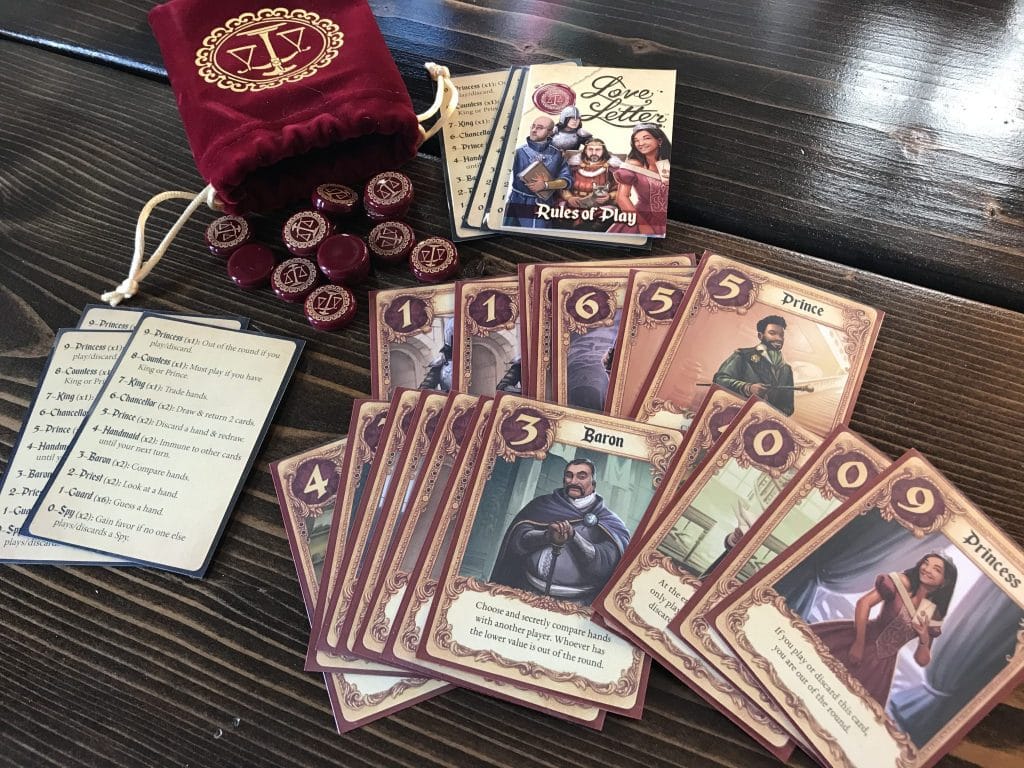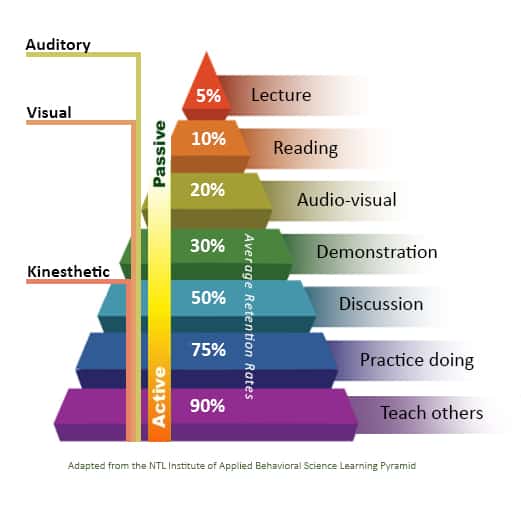So you’ve found some people that want to give board gaming a try. Great! You’ve packed up your favorite games and head out the door, eager to see the joy on their faces.
You break out the first box. It’s massive, but you know they’ll enjoy it. You start explaining the rules. Wow, there is more complexity than you remember; you’ve played this game so many times that you’ve forgotten about the learning curve.
Eyes are glassing over and the initial excitement is gone. What happened? Where did it go haywire? This is supposed to be fun!
Teaching board games is practically a game unto itself. Once you know the basics on how to teach a game, you’ll find that people stay more engaged and have more fun. After all, we don’t want to spend thirty minutes teaching a game that we’ll play for thirty minutes.
Let’s break down some best practices for teaching board games!

Elevator Pitch
Getting the group into the mindset for the game is important. I usually like to start by giving a brief elevator pitch about the game. This accomplishes two goals:
- Puts players in the right mind-space
- Sets the tone for the session
Getting players in the right mind-space means that it gets their wheels turning with ideas. Word association spurs the imagination, helping make thematic connections with game mechanics.
Tone is also important. Playing a game about growing flowers is a much different beast than a game about surviving a night in a haunted house. Bonus points for getting some relevant ambient music going.
Here’s an example of an elevator pitch for Love Letter:
“Welcome to the royal court! We are all courting the princess of Tempest, who’s locked away in the palace. In order to get our feelings to her, we must pass our love letters through various members of the court. Each of us takes turns playing a card, hoping that our letters don’t fall into the wrong hands. The owner of the last letter standing wins the round!”
Notice that this pitch keeps everything high-level – you don’t want to bog down the pitch with extraneous details that will be explained later. Get the hook in there!
Begin with the End
Before breaking out the rulebook, it’s important for players to know the endgame. Few things are worse than being halfway through the game and having someone ask, “So…how do we win?”
Begin your teaching with explaining the victory conditions. This can usually be incorporated into the end of the elevator pitch. For example, a game like Scythe ends when someone gets their sixth victory star. You may then want to explain the different ways you can get a star.
Using our Love Letter example, you’d explain that whoever collects five favor tokens first is the winner. You receive these tokens by winning a round, or through the use of the Spy’s ability.
This may seem counter-intuitive; you’ll likely be using game terms that the players don’t understand yet. That’s okay! The purpose of this is to set the groundwork and give players goals to work towards.
Meat and Potatoes
Now we’re really going to get into the rules. As a general rule, just reading straight from the rulebook isn’t going to be effective.

There’s a concept called the Learning Pyramid that outlines how much information people retain. Hearing something aloud leads to the lowest retention whereas practicing something through a hands-on method is one of the better methods. The framework of the pyramid isn’t set-in-stone, but I’ve found that it works in many circumstances.
Walk players through a typical turn, explaining the primary actions they can take. Explaining corner-cases and niche rules will likely confuse the players at this juncture. Keep things in broad strokes for now.
Generally speaking, most of a game can be taught by working through a player’s turn. There might be other cards and components that you have to touch on, so be sure to go over those as well.
Once again, I’ll use our Love Letter game as an example. I would explain that each turn involves drawing a card and then discarding a card. Each card has its own action that triggers when discarded; I’d run through these one-by-one.
Additionally, I’d show the player aids that detail the actions of each card. It’s also important to know how many of each card are in the game, which leads directly into our next step.
Plant the Seed
After you’ve gone through the game at a base level, plant some strategy seeds. Offer suggestions on different interactions between mechanics or potential routes for victory.
The heavier the game, the more strategies there might be. You don’t want to explain them all; it’s fun for players to discover these on their own. Not to mention that they might come up with a strategy that you hadn’t thought of yet!
Offering pointers isn’t always necessary, but most players will appreciate it. You don’t want to dwell too long on this step; the game awaits. For quicker games, you might be able to play a couple practice rounds. Love Letter is exceptional in this regard, because the rounds play in minutes.
Continuing with our example, I would probably mention the power of the Princess. It’s a high-value card, but it’s also dangerous to have in your hand. There is also a lot of information about a player’s other card based on what they play. For example, playing the Countess when you don’t have to can be a worthwhile bluff.
By planting the strategic seeds, you’re giving players the autonomy to get creative and start thinking of the possibilities. It’s a little jump-start for the brain.
Start the Game!
Finally, we’re ready to get this show on the road!
We’re all human. Rules will be missed and, as the teacher, you’ll take the blame for that. The best you can do is to apologize, explain the correct rule, and move on. Don’t forget to practice patience – we’ve all been in the same learning situation before.
One of the most important parts of teaching a game is to make sure the players are having fun. This includes yourself! Keep in mind that everyone isn’t obligated to like every game, and that’s okay.
If you follow these tips, you’ll be a master teacher in no time!

